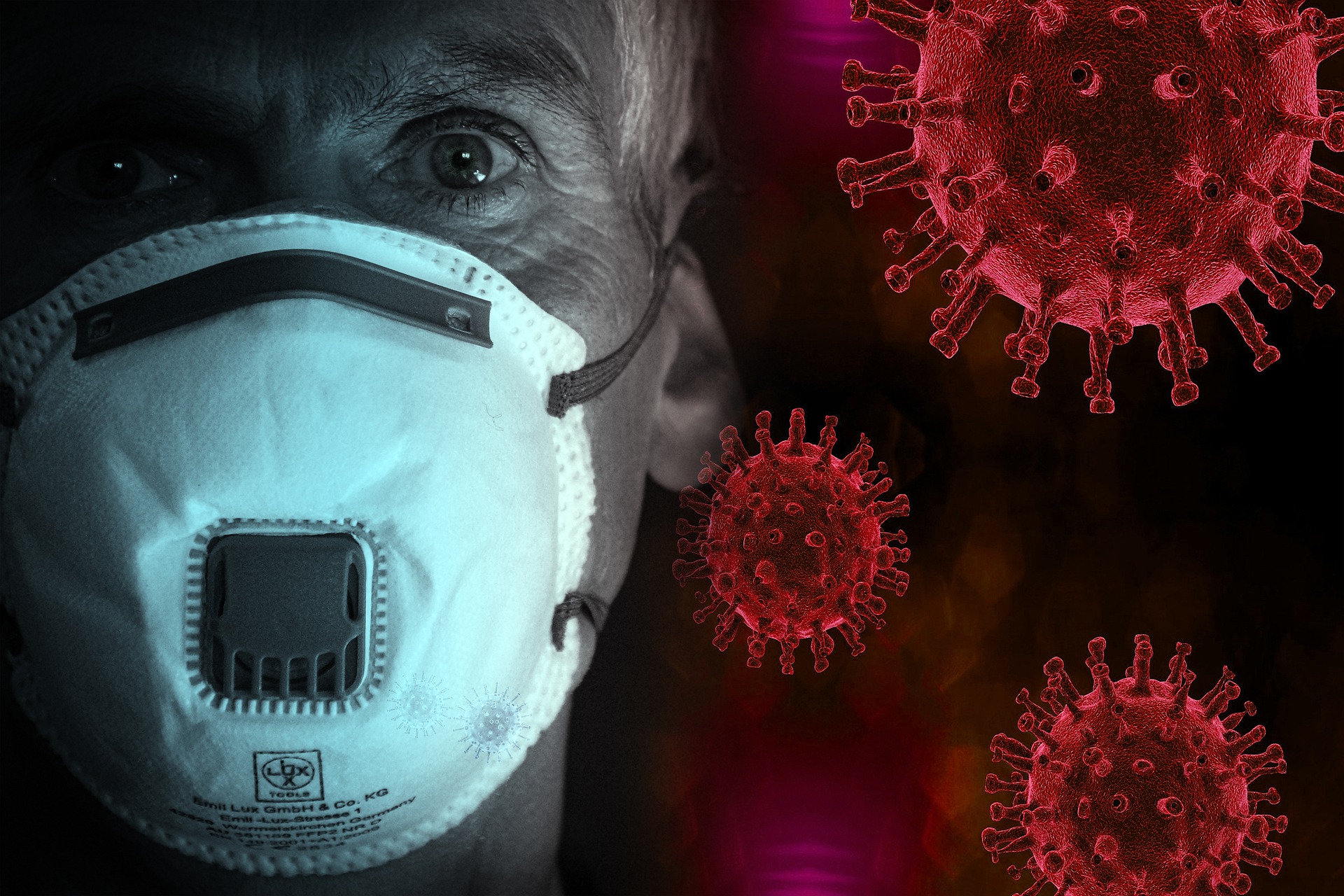
This blog is the second part of a two-part series. The first part talked about the various lifestyle risk factors and severity of COVID-19 complications. This post will discuss the underlying medical conditions that might increase the risk of illness from COVID-19 and how everyone can protect themselves and their families and communities from COVID-19.
The coronavirus pandemic has emerged and is relentlessly engulfing the whole globe. It has disrupted human activity and has destabilized the world’s economy. According to the World Health Organization (WHO), the number of confirmed cases worldwide as of November 15, 2020, was 53,766,728 including 1,308,975 confirmed deaths and the numbers are still rising. The US, India, and Brazil are leading the tally of most infected countries. The US accounted for the world’s highest number of cases and deaths at 10,641,431 and 242,542 respectively, according to WHO. The physicians and public health research scientists are working tirelessly to tackle this virus. As the symptoms of the virus are varied, it poses problems before the health agencies. For some people, the virus shows no symptoms at all but still are detected corona positive, while others become so sick that they eventually need mechanical ventilation to breathe. With its growth, the emergence of scientific publications trying to analyze the underlying medical conditions that may increase the severity of COVID-19 complications is also rising. According to the latest report by Italy’s National Institute of Health among 99% of COVID-19 patients who have died, it was found that at least one among them had pre-existing medical conditions (1). The Centers for Disease Control and Prevention has also come out with a report mentioning certain underlying conditions that may increase the severity of COVID-19 complications.
Undoubtedly, people of any age and even children can catch the Coronavirus, but more commonly it is found to affect the elderly. The risk of serious complications from COVID-19 increases steadily with age. According to the CDC, those who are 85 years and older are at the highest risk of getting serious symptoms from COVID-19 (Refer figure 1). Additionally, it is found that in the USA, 80% of deaths have been reported in adults ages 65 and older. It was also found that certain medical conditions, like diabetes, cardiovascular disease, and lung problems, increase the chances of serious illness or death from COVID-19 in older adults. The CDC has released a report that presents certain medical conditions that are held responsible for increasing the severity of COVID-19 complications, which are regularly being updated by CDC, based on new studies and research.
Figure 1: Old Age and COVID-19
Source: https://www.cdc.gov/coronavirus/2019-ncov/need-extra-precautions/older-adults.html
The CDC has found the strongest and most consistent evidence supporting the augmented risk of serious COVID-19 illness under the following medical/health conditions:
Moderate and mixed evidence has been found for the following conditions:
A small number of studies have also supported the following medical conditions that might increase the risk of severe COVID-19 illness:
To date, there is no vaccine available to prevent the deadly Coronavirus infection, but we can take steps to reduce the risk of infection. The World Health Organization (WHO) and the U.S. Centers for Disease Control and Prevention (CDC) have recommended some everyday precautions to be taken to avoid COVID-19:
In addition to the everyday precautions, the CDC has recommended the following measures for those who are at higher risk:
Written by Dr. Shikha Sharma, Reviewed by Dr. Harshi Dhingra
